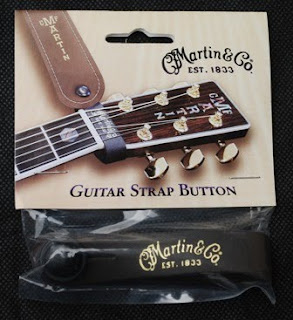
Good day!
I finally had to give in and buy Sean McConnell’s EP The Walk Around because my friends Jack and Brian would not stop talking about it. I imagine them listening to it in the background as they sob at each other on the phone each night.
Sean McConnell is originally from Boston, but seems to tour endlessly around Texas. His music is sort of a countrified rock, and has a strong songwriting pedigree, having penned songs for Brad Paisley, Meatloaf and Tim McGraw, among others.
He has two full-length albums out as well as The Walk Around EP, and in my opinion, this EP is best of the lot. And it comes down to how well the songs are written – these are six gems squeezed into only 23 minutes.
”Hold On” kicks off the EP quietly, and then builds into a strong melody with intelligent lyrics: a killer combination.
The next two tracks: "Say, Say, Say" and “The Walk Around” are both slickly written as well, and have to be great additions to his live show.
My favorite track on the EP is "Reckless Love", which is not only well-written but also shows that Sean’s singing is no joke. There is pure passion in this song, my friends.
"Bob Dylan (They Say No)" is more progressive/indie than the other tracks on the EP, but it still fits in well with the package. This is the tune that has the best chance of making it onto radio, in my opinion.
The last song on the EP is "Our Love And Our Souls" which is very good and has enough emotion to make me wish there were a couple more songs in the mix.
The Walk Around EP is only $5.94 on iTunes (the price of a large drink at Starbucks), and I consider it an essential part of any music collection. Download it today, and keep an eye on his touring schedule, as I hear his live show is not to be missed.
Mahalo!













































